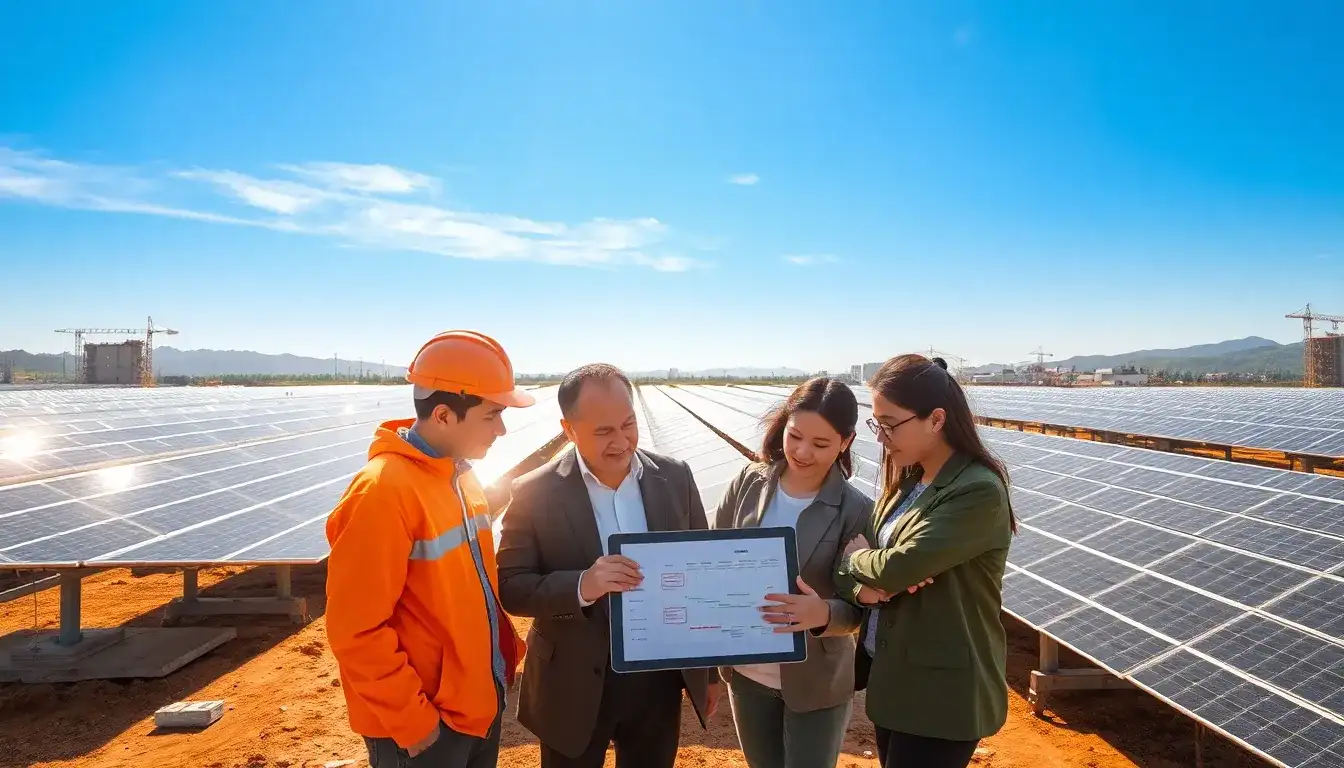
Attention to Industrial and Commercial Users: The timeframes of “April 30” and “May 31” are crucial.
In early 2025, the national government released two significant policies related to photovoltaic (PV) projects. The key dates of “April 30” and “May 31” will impact your PV initiatives and are critical for your interests, so it’s essential to understand them thoroughly.
1. Policy Details
On January 1, 2025, the National Energy Administration issued the “Management Measures for the Development and Construction of Distributed Photovoltaic Power Generation.” According to these measures, PV power plants that are connected to the grid by April 30 (inclusive) and have a capacity of less than 20 MW can continue to maintain the full-grid access model. Projects connected to the grid after May 1 will be subject to scale-based management.
The measures set April 30 as a significant cutoff date for PV projects, clearly stating that PV power plants completed and connected to the grid by this date, with a capacity of less than 20 MW, can continue under the full-grid access model. Projects completed on or after May 1 will be managed according to their scale. Specifically, for household distributed PV projects below 6 MW, full-grid access is allowed; commercial distributed PV projects must follow a self-consumption model with excess electricity being fed into the grid. For projects with a capacity between 6 MW and 20 MW (or 50 MW in some regions), the principle is that all power generated should be self-consumed; however, in certain approved areas, excess electricity may be allowed to be fed into the grid. Such projects may also choose to convert to centralized PV power plants for construction and operation management.
Additionally, the measures emphasize that previously registered “old” projects do not need to undergo registration changes and can continue operations according to their original approval types. This means that if a PV power plant has legally obtained the necessary grid connection documents and has connected to the grid before April 30, it can continue to operate under the original full-grid access model or partial access model.
On January 27, the National Development and Reform Commission and the National Energy Administration jointly issued a notice on “Deepening Market-oriented Reforms of New Energy Grid Access Prices to Promote High-quality Development of New Energy.” This notice stipulates that PV power generation should be fully incorporated into the market trading system, with grid access prices established through market mechanisms. Moreover, the same new and old policy cutoff is applied, with June 1, 2025, as the deadline: projects connected to the grid before June 1 will continue under the existing guaranteed pricing policies, but must not exceed the local coal-fired power benchmark price. Projects initiated on or after June 1 will have their guaranteed purchase electricity determined by actual consumption, and mechanism prices will be established through competitive bidding among projects. This policy adjustment implies that if market transaction prices exceed the established mechanism price range, project companies must refund the price difference according to regulations; conversely, if market prices fall below the mechanism price range, project companies will receive corresponding subsidies.
2. Impact on Industrial and Commercial Users in Jiang Hai District
Summarizing the two policies, projects that are completed and connected to the grid before April 30 can continue to enjoy fixed grid access prices. Projects connected between April 30 and May 31 will partially lose the fixed grid access price policy, and projects connected after May 31 will not benefit from the fixed grid access price policy at all. This indicates that if you plan to undertake an industrial and commercial PV project in Jiang Hai District, the timing of construction is critical and directly relates to future revenue models. Connecting to the grid earlier might provide more stable revenue assurance.
3. Action Recommendations
If you are considering building a commercial PV power station in Jiang Hai District, it is essential to expedite the project process and aim to complete the grid connection before the key date of April 30 to maintain the full-grid access model.
4. Safety in Construction Cannot Be Overlooked
As you actively advance your PV projects and take advantage of the policy opportunities, safety should always be the top priority. The construction of PV power stations involves electrical equipment installation and work at heights, so safety precautions are vital. During the construction process, choose qualified and reputable contractors, strictly adhere to safety regulations, equip necessary safety protection devices, and ensure effective safety management at the construction site. Only by ensuring safety can PV projects be successfully implemented, creating long-term value for businesses.







